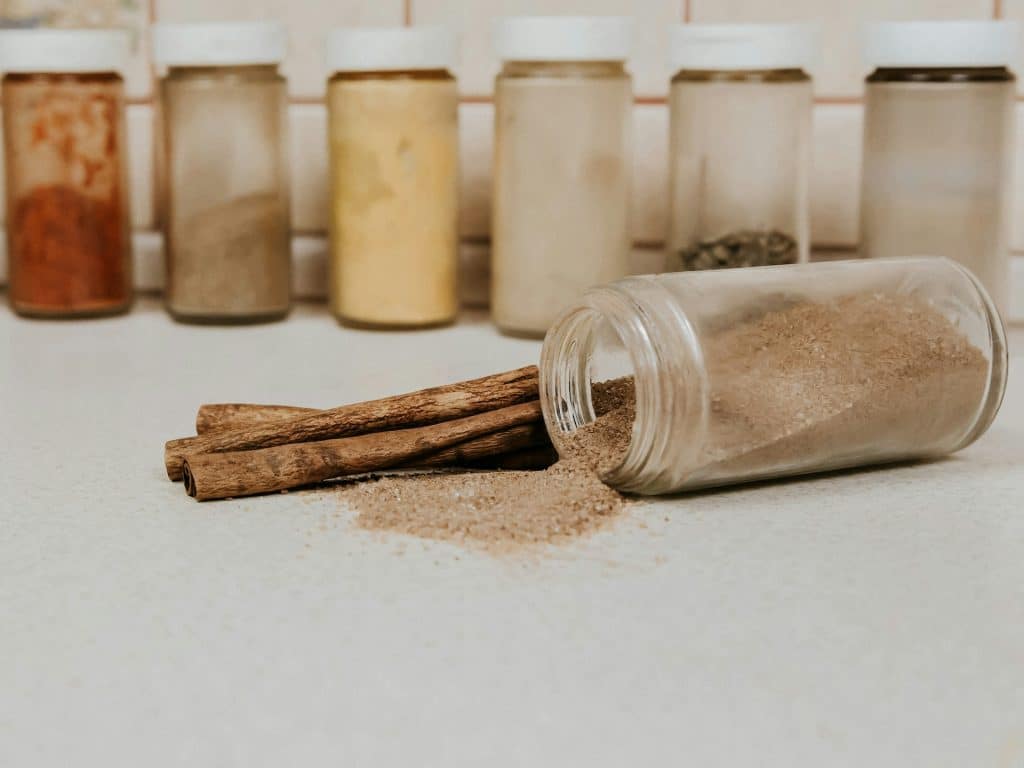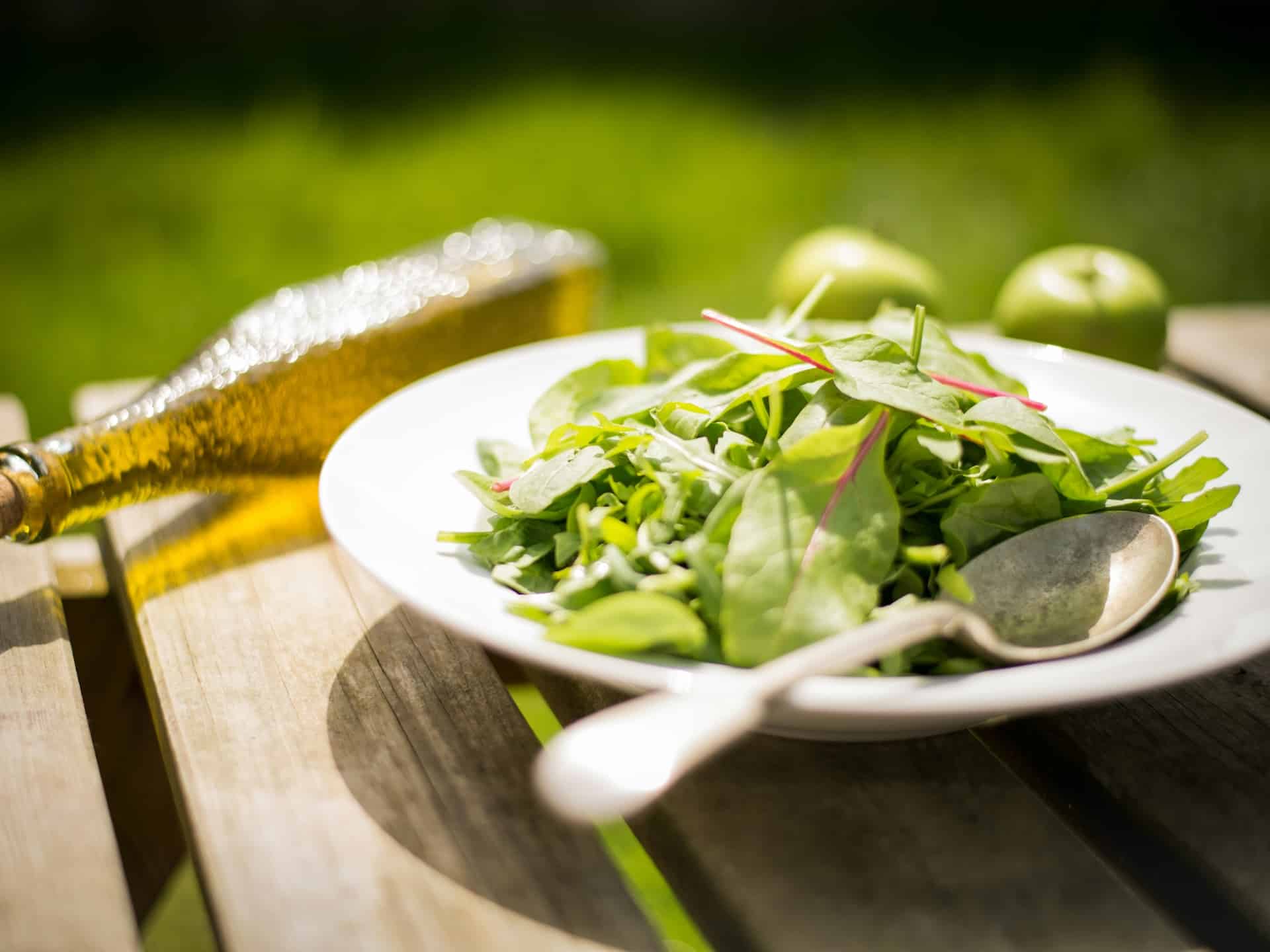
Originating in southern India and Sri Lanka, cinnamon has been cultivated for over 2,500 years. Traditionally, it was a highly valued spice. In China, for example, it was valued as much as gold; and in religious areas of the Middle East, the first bunch was offered as an offering to the sun. The Arabs used it to flavour meats and in Ancient Egypt it was traded, among other reasons, for its supposed aphrodisiac properties. In ancient Europe, in the Middle Ages, it was used, in addition to cooking, as an ingredient in cosmetics and balms.
Today, cinnamon is also grown in Indonesia, Vietnam, China, Brazil, Madagascar and Zanzibar. In addition to its unquestionable organoleptic properties, cinnamon is believed to have a wide variety of health benefits. To find out how much of this is true and how much is just legend, we asked the dietician-nutritionist and pharmacist, Laura García, for help.
What is cinnamon?
Cinnamon is a spice obtained from a tree, the Ceylon cinnamon tree, or cinnamon tree (Cinnamomum zeylanicum). Like the laurel, it belongs to the botanical family of Lauraceae. The young cinnamon tree has bright red leaves that turn green when mature.
What we use as a spice is obtained from the inner bark of the cinnamon tree. «To do this, you have to peel and rub the smaller branches. Once removed, the bark is rolled into bars approximately one metre long, which are left to ferment for 24 hours,» explains the expert, a member of the Spanish Academy of Nutrition and Dietetics.
The last step is to peel off the rougher outer layer to allow the inner layer to dry. The cinnamon barks then roll up naturally into the cinnamon sticks we know today.
Types of cinnamon
Although only one type of cinnamon is known at home, the magazine Journal of agricultural and food chemistry There are at least four types of cinnamon. All of them are extracted from the inner bark of the trees of the genus. CinnamonThe division is made based on its origin:
- Saigon cinnamon or Vietnamese cinnamon (Cinnamomum loureiroi). Dark brown in color and with a slightly spicy flavor in addition to the sweet one.
- Cassia cinnamon or Chinese cinnamon (Cinnamomum cassia). Dark reddish in colour, its rind is thicker and more textured. It has a more intense aroma.
- Ceylon Cinnamon (Cinnamon verum). For many, it is the authentic cinnamon. It is characterized by its bark and powder being browner than that from China. Its texture is also lighter, as well as its flavor and smell, softer.
- Indonesian cinnamon or Korintje (Cinnamomum burmannii). It is characterized by being stronger than the previous ones in flavor and smell. But also in color, more reddish than the others.
Does it have as many properties as they say?
If we are rigorous with the popular tradition of attributing numerous properties to cinnamon, it is among the first superfoods in the history of Humanity. “It is a food that has traditionally been widely used in traditional medicine, where it is considered a remedy for respiratory, digestive and gynecological ailments,” says García.
The reality is that, as the dietician-nutritionist states, “this spice is rich in iron and calcium. United Nations study In 2013, a study identified numerous health benefits of cinnamon, including antimicrobial and antiparasitic activity, reduction of blood glucose, blood pressure and serum cholesterol.” It has also been found to have “antioxidant properties with a high content of phenolic compounds,” says García.
However, human studies that have evaluated its effect on health are still scarce, although its use as a nutritional supplement is being evaluated in different health outcomes with promising results.
Spices, along with aromatic herbs, are culinary elements of great interest, not only for their contribution to the daily intake of active phytochemical substances, but also because they facilitate the consumption of other key foods in healthy eating patterns, such as the Mediterranean diet. There are countless traditional recipes with a wide variety of spices, including cinnamon, for the preparation of rice, legumes, meats, fish, pasta, etc.

Myths and curiosities
The expert sheds light on some of the ideas that, rightly or wrongly, people have about the consumption of cinnamon:
- Pregnancy. Although cinnamon is commonly cited in some cultures as an ally in the postpartum period for its anti-inflammatory and sedative properties, this advice should be taken with caution, as there is no evidence to support it. In fact, “a study The 2016 study highlights that many plants used in traditional medicine can have negative effects on female fertility and could even induce abortions,» it notes.
- Triglycerides and cholesterolIn the studio Optimizing non-pharmacological treatment of hypertriglyceridemia It is «unleashed that cinnamon supplements, for their potential to reduce blood triglyceride levels, as well as total cholesterol and combined cholesterol known as bad, the LDL, slightly increasing the cholesterol we call Well, the o HDL,” says the specialist. However, more studies are needed to evaluate this potential for health in order to establish a recommendation based on robust evidence.
- Insulin and glucose. “Human studies also indicate that doses of 3 grams per day or more of cinnamon supplements Improve glucose control and insulin sensitivity in both healthy and diabetic people”. However, there are also studies that show that the relationship between cinnamon consumption and the decrease in blood glucose in individuals who consume it is not clear, hence the need to continue evaluating its effects through randomized clinical studies, with sufficient sample size and follow-up duration.
- Against bacteria and fungi. Some studies report that some components of cinnamon have “They have antibacterial and antifungal activity.It is worth noting that spices in general, due to their content of bioactive phytochemical substances, have been part of the history of food preservation.
- Cardiovascular and neurological. Antioxidant and antithrombotic properties have also been described. which could contribute to cardiovascular health. Neuroprotective effects are also mentioned that could be beneficial in the treatment of neurodegenerative diseases, such as Alzheimer’s. But as mentioned, the use of supplements and their positive and negative effects must be sufficiently evaluated in order to be able to draw a recommendation that includes their use in clinical practice guidelines.

Contraindications of cinnamon and possible side effects.
As with other spices, the amount usually used rarely causes problems in healthy people who do not have any type of allergy. If it is administered in supplements, that is, concentrated, «it seems that moderate and sustained consumption over time could cause gastrointestinal problems and allergic reactions, among others,» says the pharmacist.
Furthermore, as mentioned, cinnamon supplements are contraindicated during pregnancy, “and culinary use should be done in moderation.”
Care should also be taken with cinnamon supplements and extracts because of “their high coumarin content, with the consequent hepatotoxic effect.” This effect is greater in cinnamon from China than in that from Ceylon.
Finally, “cinnamon supplements or high and continuous culinary use could interact with anticoagulant drugs, requiring an adjustment of the medication.”
To limit dietary exposure, The European Food Safety Authority (EFSA) has determined a tolerable daily intake of 0.1 milligrams per kilogram of body weight per dayAs can be seen, these would be quantities that significantly exceed those used in cooking, but which could be achieved with supplements.
The ALDI Council
Cinnamon brings a surprising flavour to fruit. Try adding it to diced peaches, sliced oranges, melons…

Laura Garcia. Member of the Spanish Academy of Nutrition and Dietetics. After completing degrees in Pharmacy, Nutrition and Journalism, she has worked for more than six years in pharmacies in San Sebastián, Bilbao and Düsseldorf (Germany). In the latter, she passed the exam to validate her degree to be able to work as a pharmaceutical professional. Back in Spain, she worked as a journalist for a health communication office. Without losing sight of this field and after the arrival of the pandemic, she decided to embark on a new adventure and try teleworking to guide health professionals and patients with questions related to the COVID-19 vaccine. A year later, she moved back to Germany and continued in the field of medical information and began her journey in the world of pharmacovigilance, where she continues to date while pursuing a part-time doctorate in Nutrigenomics and Personalized Nutrition. She is currently a Senior Specialist in Pharmacovigilance and Integrated Medical Information at PharmaLex (Germany).







